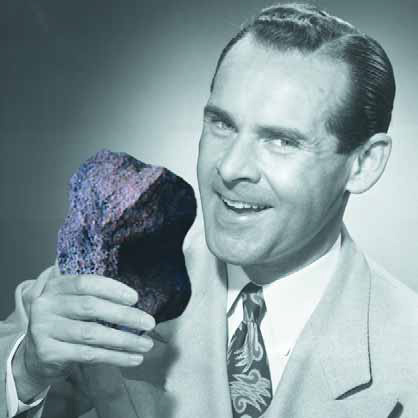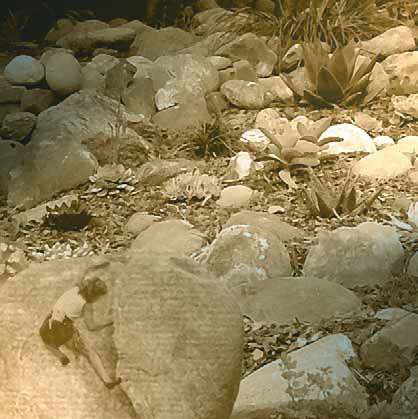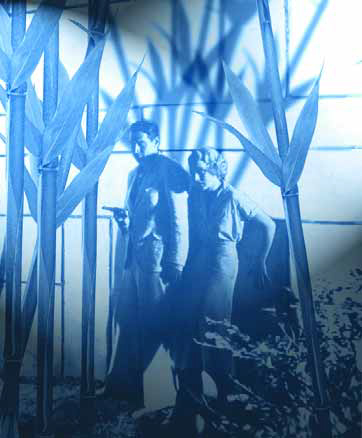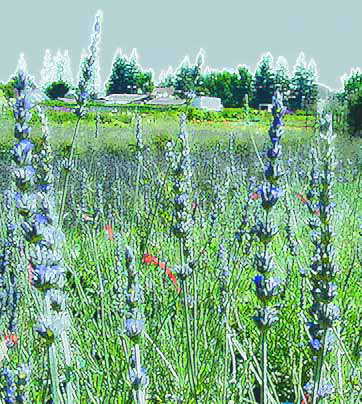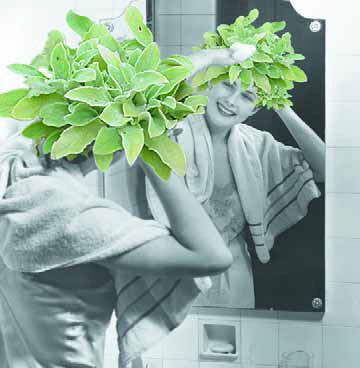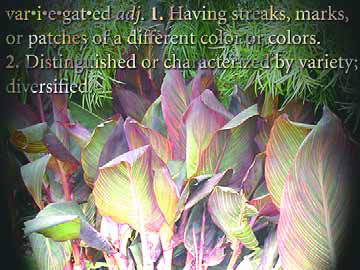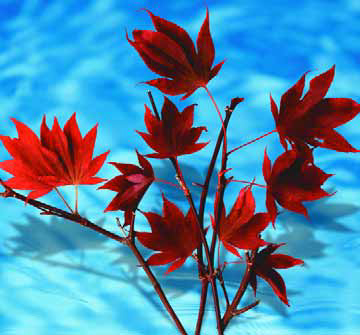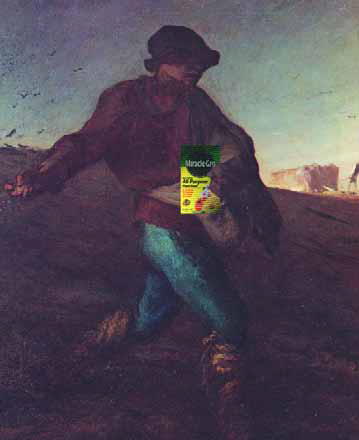Landscape, Plants, Hardscape & Decks
Rocks are, in my opinion, among the most versatile of all elements that can be added to landscape designs. As was discussed in my last column, they can be used to add texture or dimension or retain soil; they can also be used to add background or hide eyesores, and there are myriad other uses creative designers can find for them. Of course, different design styles call for different uses of rocks, stones and pebbles. An Asian garden, for example, might use them to simulate or represent water or mountains in a landscape, while the very same stones used in a cottage or natural setting might serve no purpose beyond providing a place to sit or a focal point that
If I were to ask the average watershaper to name the most versatile element in any landscape, he or she would probably reply by talking about water or plants or some other equally prominent component. If you asked me the same question, however, I'd almost always say rocks. Some of you might be thinking I have a few too many of them rolling around loose in my head, but there's a good explanation for my response. First, rocks come in an infinite number of forms, shapes, compositions, colors, textures and sizes. Second, they can be used to sit on, walk on, retain hillsides or create small mounds. Third, they add dimension to designs and contribute in countless other ways to the
Few plants have been written about, lingered over and so passionately associated with fragrance, healing and serenity as lavender. Beyond stunning beauty of the sort seen in the vast purple fields of Provence, lavender has spread worldwide, leaving a trail of exquisite aroma and touching everything from our imaginations to our health. Some say lavender has pain-killing, antiseptic and skin-rejuvenating properties and that it's great for toning skin, fighting acne and soothing burns and cuts. This versatile plant is used as well to infuse perfumes, oils and soaps, and I know from my own experience that it makes a great marinade for lamb and adds
Nobody seems particularly thrilled by environments devoid of light. Even at times when a lack of light is welcomed - as in the desert when you want to see the stars, or on a holiday night when you want to see a fireworks display - the events are related to light in some important way. The same attitude about light comes up when we speak of landscapes. We're always talking about "brightening up" a dark corner, for example, or "adding light" at one point or another. Whether the absence of light makes us uncomfortable or its presence is simply a
Out of all the varieties I mentioned in last month's discussion of maples, my favorite was (and still is) the variegated maple. Beyond the simply spectacular nature of that particular tree, what I love most about them is their variegated leaves. This is clearly a personal preference. In fact, I've come across many clients and friends who have a specific disdain for variegated
If I could point to one plant that will consistently stand out in just about any garden, it would have to be the maple. Virtually no Asian-style garden would be complete without one, and they fit beautifully into gardens of many other styles as well. I particularly like pairing maples with watershapes because of their tendency to soften the edges of typical hardscapes and the way they are reflected by the water. When placed well, a specimen or single maple can indeed be a key
Last month, we covered a side-yard project that fulfilled one family's dream of gaining a kitchen garden. This functional design worked well for what had basically been a small, unused space - but it's by no means the only use for such spaces. Small spaces can lend themselves to a number of different possibilities. Discussing the clients' lifestyle or wish list might uncover something they really want or can identify ideas they haven't yet considered as possible uses for the space. Case in point: I had a client who wanted to create three
Whenever I receive a call for an initial meeting about a potential project, I always envision - before the client ever opens his or her mouth - that I will be adorning a multi-acre estate with a classic garden that will someday be written about in books and examined by landscape students throughout the world for generations to come. Doubtless, this call will be about the project that will bring me both fame and fortune! Now back to reality. Although there are plenty of large-scale landscape projects to be had, the smaller projects are much more plentiful. And they are often, as I have found,
Let's continue the examination of soils we began last time, shifting our focus this time to fertilizers and the ways they can be used to tailor soil to the specific needs of the plants you and/or your clients have chosen. Fertilizing is important, because placing a plant in the ground and providing it with ample sunlight and adequate water in the proper location is only part of the battle. True, plants may thrive under those ambient conditions, but treat them to even minimal amounts of fertilizer and those same plants will show their gratitude with a beautiful display of foliage, blooms, fruit and other wonderful things. Fertilizers provide nutrients for plants that the soil and water alone cannot supply, and they come in hundreds of variations designed to










